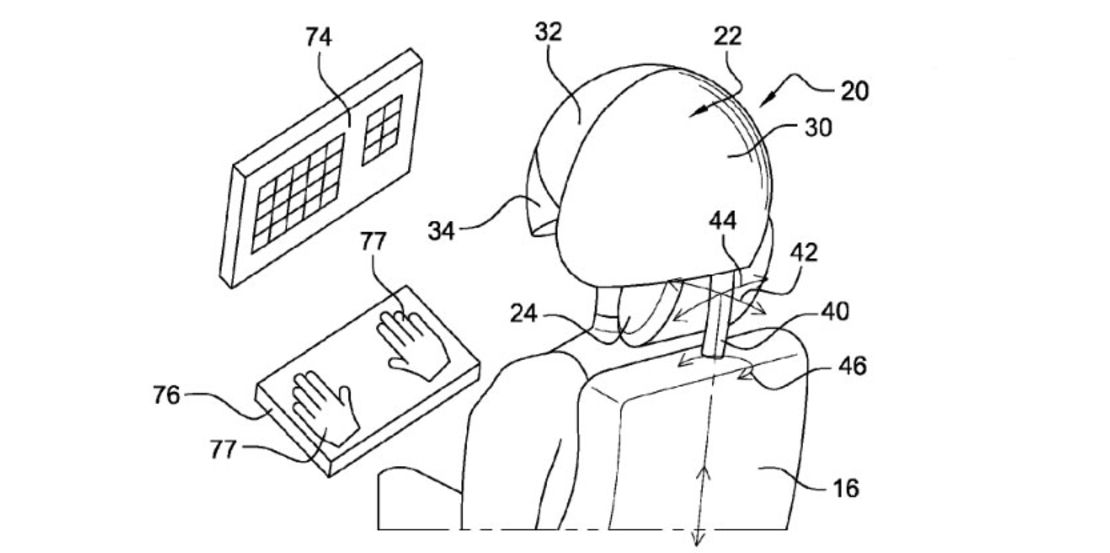Story highlights
Helmets will control what passengers see, hear and smell, according to Airbus patent
Incorporated into headrests, the system will also feature mini-airbags to deploy in turbulence
No indication when or even if Airbus will go ahead with proposed design
It’s either a genius idea for reducing the miseries of long-haul air travel – or an extreme method of distracting passengers from arguments about leg room.
Either way, an Airbus proposal for in-flight virtual reality sensory isolation headgear that controls sights, sounds and even smells experienced by travelers is likely to turn heads – although if the heads are stuck in helmets, there might not be much room for turning.
The European aircraft manufacturer has filed a patent for the headgear which French inventor Bernard Guering says could help alleviate boredom, reduce stress and prevent injury via a mini-airbag system designed to deploy in the event of turbulence.
“During aircraft flights, certain passengers have periods when they are bored either during a wait phase preceding take off or following landing or during a cruise phase,” the patent application says.
“More-over it is known that aircraft flights generate stress for certain passengers.”
MORE: Airbus files patent for saddle seats on planes
‘Odorous substances’
The patent suggests that placing passengers in partial or total “sensorial isolation” by piping audio and video directly into their eyes and ears – and squirting “odorous substances” up their nose – will help make all this go away.
“This isolation allows the passenger to better profit from some of the distractions offered, for example listening to music, watching films,” says the screed attached to the invention blueprints.

“If the passengers is sensitive to stress, this isolation, possibly associated with one of the above-mentioned activities allows him/her to more easily calm down and relax.”
The helmets, designed to be incorporated into the headrest, will also feature remote controls and technology that projects a virtual reality keyboard on the fold down table, enabling passengers to hammer out emails directly on to the detritus of their in-flight meal.
It’s not known if there are any plans to introduce the helmets in the near future – Airbus hasn’t responded to a CNN query – but it’s likely they’re at the same distant stage as another unusual Airbus patent that proposes cycle saddle-style seating.
It remains to be seen whether sensory isolation can genuinely improve the in-flight experience, but the innovation must surely be a gift to airline staff.
While the eyes of their passengers are helmeted in virtual reality, cabin crew can return to actual reality and relax the mandatory smiles.




